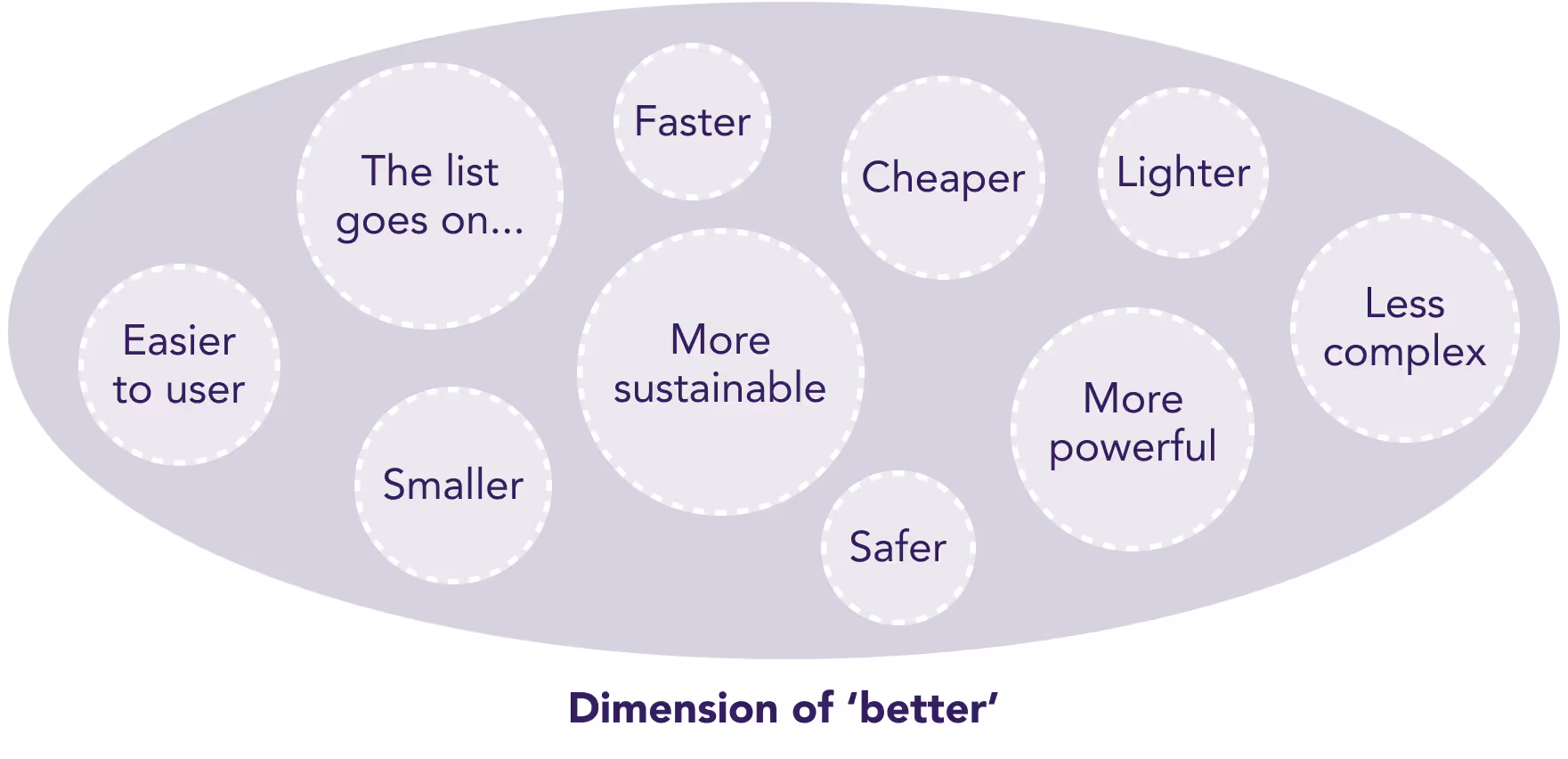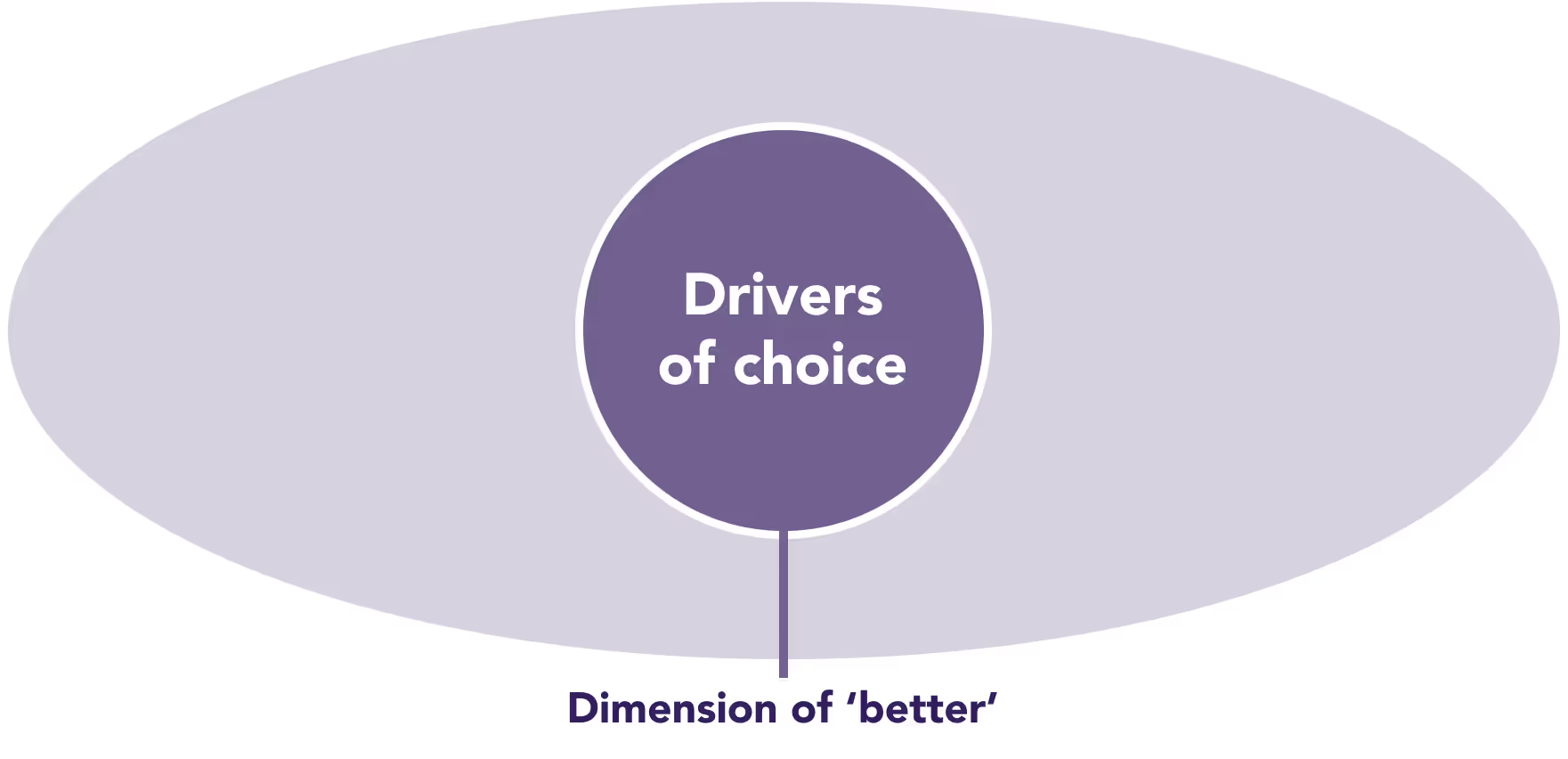With recession looming and revenue pressures increasing, organisations naturally look at their discretionary spending with a view to identifying cost savings and focusing investment on the things that will have the most impact on business performance and cash flow generation.
In that light, product/service development will be a natural area of focus given it’s an organisation's products and services that are chosen (or not) by customers and ultimately drive revenue generation. The ability to make good decisions around where to focus product/service development effort becomes critical if leadership teams are going to maximise the impact of their limited resources and give their businesses the best possible chance of emerging from the downturn in the business cycle in the best possible shape.
Despite its importance, we’re continually surprised by how many organisations make these product/service development decisions as if they were throwing darts at a dart board - they’re hoping they come up with a good score but they have no real process in place to ensure that they do. This may sound harsh but read on and we’ll explain.
The fundamental premise behind our assertion is that not all product or service improvements are equal. When organisations invest in improving their products or services, they are, in some way or another, trying to make them ‘better’. They could be making them faster, thinner, cheaper, safer, less complex - you get the idea. There are a whole range of different dimensions on which any product or service can be made ‘better’ by adding new features or improving those that already exist.

The critical lens that many organisations overlook is which of these dimensions will actually drive customer choice. If the product or service is made ‘better’ on a dimension that doesn’t drive customer choice then it is creating superfluous value. We’re not suggesting that the product or service improvement hasn’t worked - it will indeed be ‘better’. But if it’s been improved on dimensions that don’t drive choice, then it will not impact the number of customers that choose it and hence it will have no impact on uptake and revenue generation. Even worse, it’s probably made the product or service more complex and incurred the opportunity cost of not investing in something that would be revenue generating.
This understanding of what drives customer choice is a fundamental building block of successful product or service development and is something that is well understood by the world’s most innovative organisations.
In any market, the drivers of customer choice are a small subset of the dimensions of better - they are the dimensions that, if improved, will cause more customers to choose your product or service over the competing alternatives.

Once organisations understand the drivers of choice in the sectors in which they compete, they can make much better decisions around where to focus product and service development effort, confident that any improvements will drive customer uptake and revenue. The methods for understanding customer choice have matured significantly over the last decade with new methods emerging that have replaced traditional market research and provided businesses with the critical insights to make smarter investment prioritisation decisions.
The Purple Shirt team has pioneered these methods in Australia and are now bringing these methods to New Zealand. If you’d like to learn more about how you can make smarter decisions around where to focus product or service development effort, then give us a call - we’d love to hear from you.






